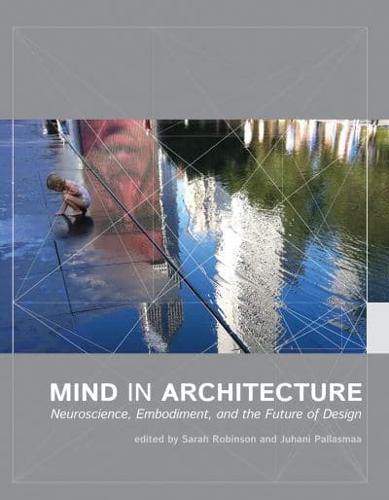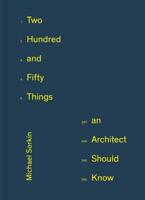Publisher's Synopsis
Leading neuroscientists and architects explore how the built environment affects our behavior, thoughts, emotions, and well-being.Although we spend more than ninety percent of our lives inside buildings, we understand very little about how the built environment affects our behavior, thoughts, emotions, and well-being. We are biological beings whose senses and neural systems have developed over millions of years; it stands to reason that research in the life sciences, particularly neuroscience, can offer compelling insights into the ways our buildings shape our interactions with the world. This expanded understanding can help architects design buildings that support both mind and body. In Mind in Architecture, leading thinkers from architecture and other disciplines, including neuroscience, cognitive science, psychiatry, and philosophy, explore what architecture and neuroscience can learn from each other. They offer historical context, examine the implications for current architectural practice and education, and imagine a neuroscientifically informed architecture of the future.Architecture is late in discovering the richness of neuroscientific research. As scientists were finding evidence for the bodily basis of mind and meaning, architecture was caught up in convoluted cerebral games that denied emotional and bodily reality altogether. This volume maps the extraordinary opportunity that engagement with cutting-edge neuroscience offers present-day architects.ContributorsThomas D. Albright, Michael Arbib, John Paul Eberhard, Melissa Farling, Vittorio Gallese, Alessandro Gattara, Mark L. Johnson, Harry Francis Mallgrave, Iain McGilchrist, Juhani Pallasmaa, Alberto Pérez-Gómez, Sarah Robinson.











